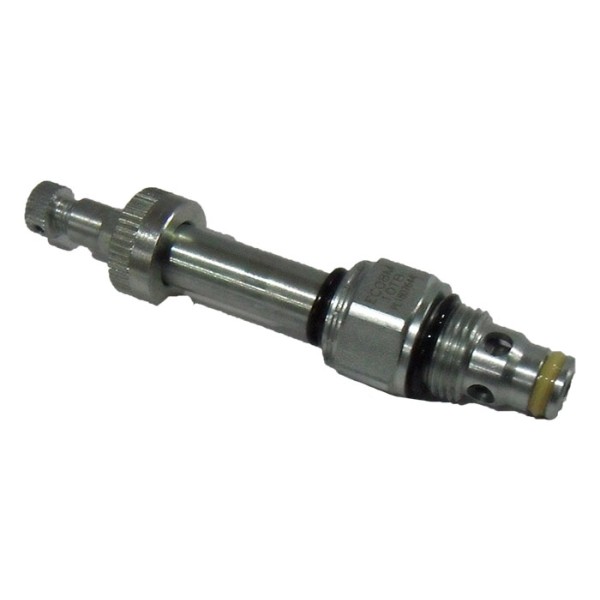

The insitu technique permits a conductivity accuracy of better than 5% with a recording time of 7 minutes following 7 minutes in the bottom to establish the geothermal gradient. The insitu thermal conductivity technique using a calibrated heat pulse has been studied in detail through laboratory calibration of the probe in materials of known conductivity, through numerical models, and through comparison of insitu measurements with needle probe measurements on sediment cores taken from the same sites. multipenetration or pogostick profiles using a 3 m probe and in deep inlets of western Canada using a 7 m probe. Several hundred measurements have been made in the deep ocean on. The instrument employs the violin bow strength member and parallel sensor string configuration suggested by C. The design and use of a marine heat probe with capability for measuring thermal conductivity insitu with high accuracy, and providing digital acoustic transmission of data to the ship, is described.

It was confirmed that these results were in good agreement with the measurement results of the model test.

As a result, the temperatures and velocities of the waste gas at the eductor inlet and the diffuser outlet as well as the temperature of the diffuser metal surface were obtained. The results were compared and analyzed considering various turbulence models. This study analyzed the test model of the IRSS developed by an advanced company and, based on this, conducted heat flow analyses as a basic study to improve the performance of the IRSS. An IRSS consists of three parts: an eductor that creates a turbulent flow in the waste gas, a mixing tube that mixes the waste gas with the ambient air, and a diffuser that forms an air film using the pressure difference between the waste gas and the outside air. Such infrared signatures are reduced by installing an infrared signature suppression system (IRSS) in the naval ship.
#Irss noyau onuff generator
The infrared signatures emitted from the hot waste gas generated by the combustion engine and generator of a naval ship and from the metal surface around the funnel are the targets of the enemy threatening weapon system, thereby reducing the survivability of the ship.


 0 kommentar(er)
0 kommentar(er)
